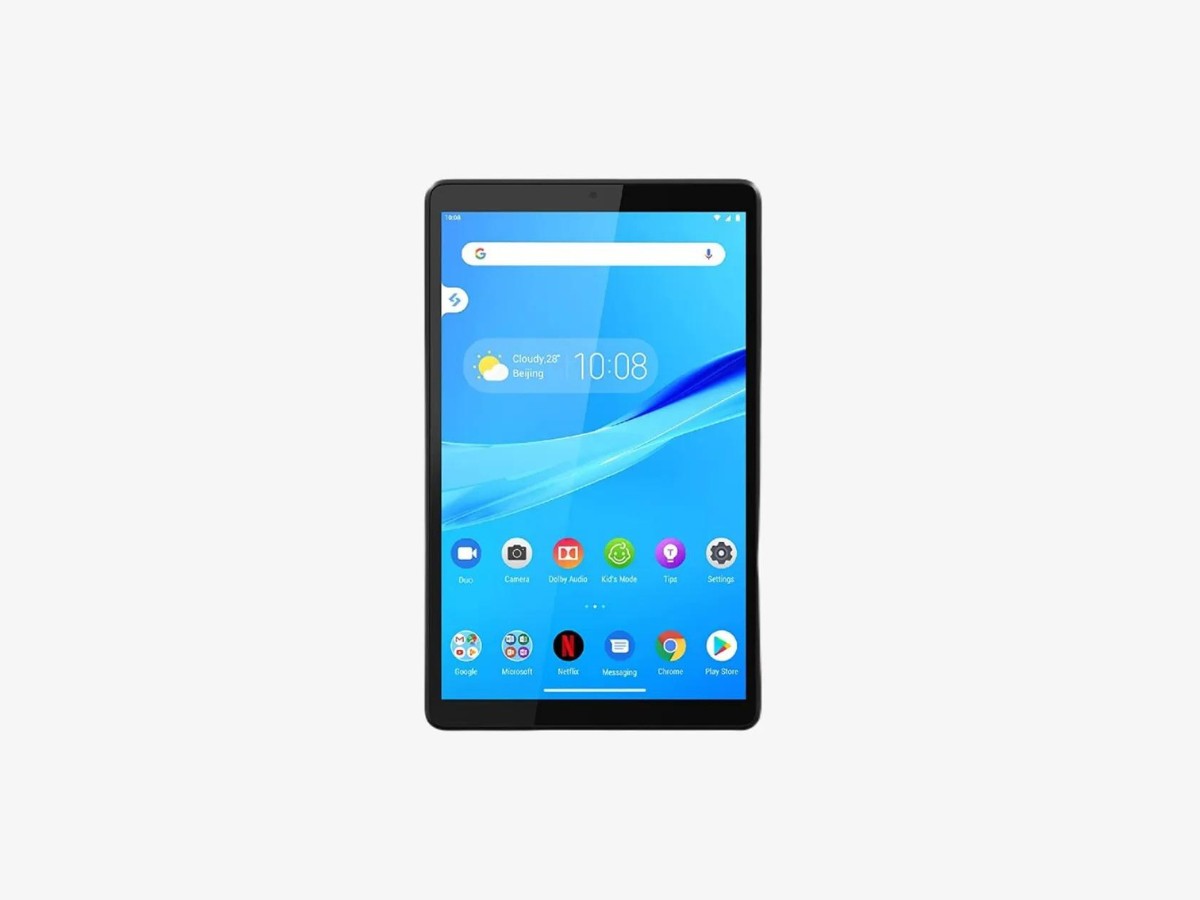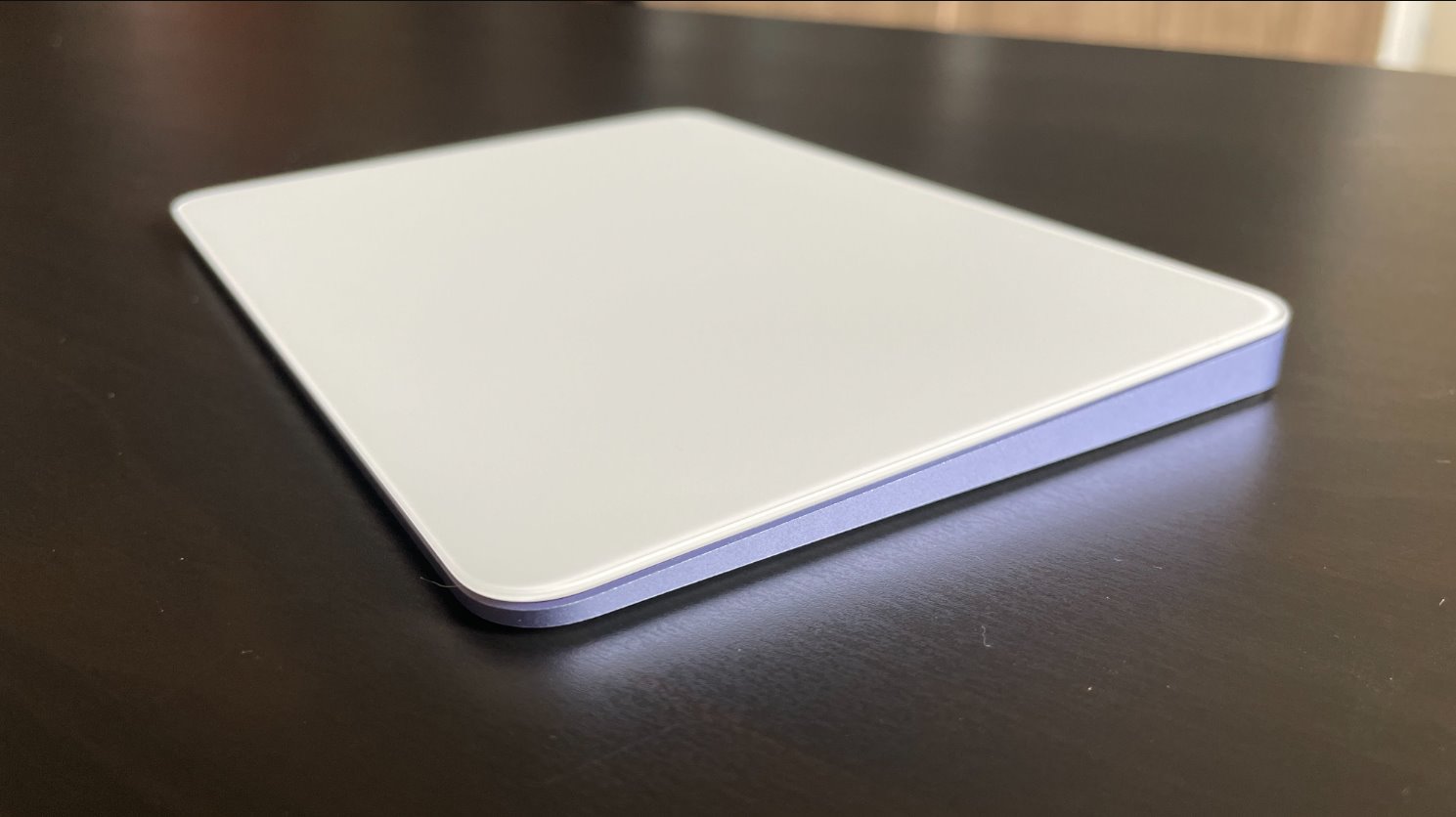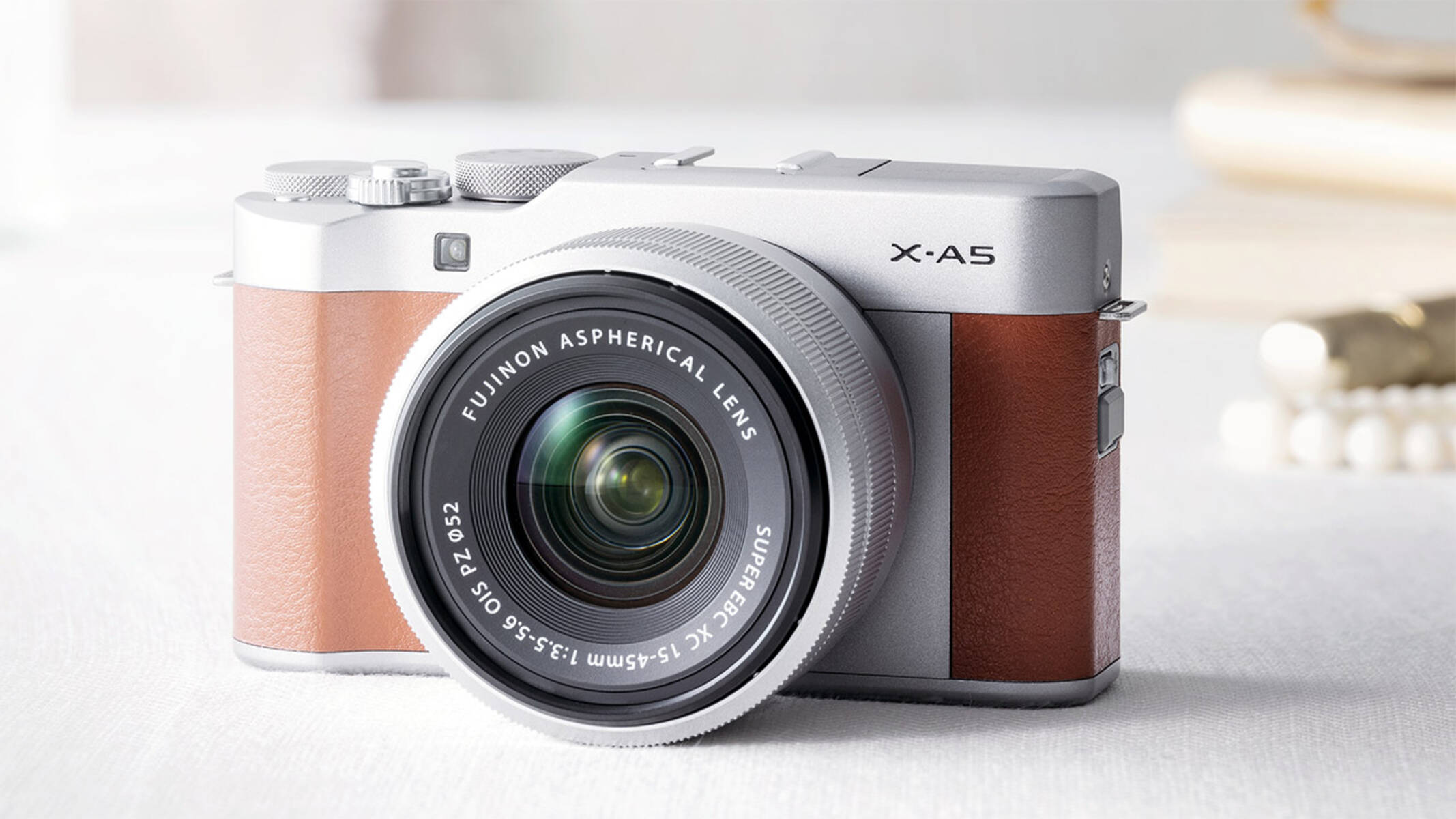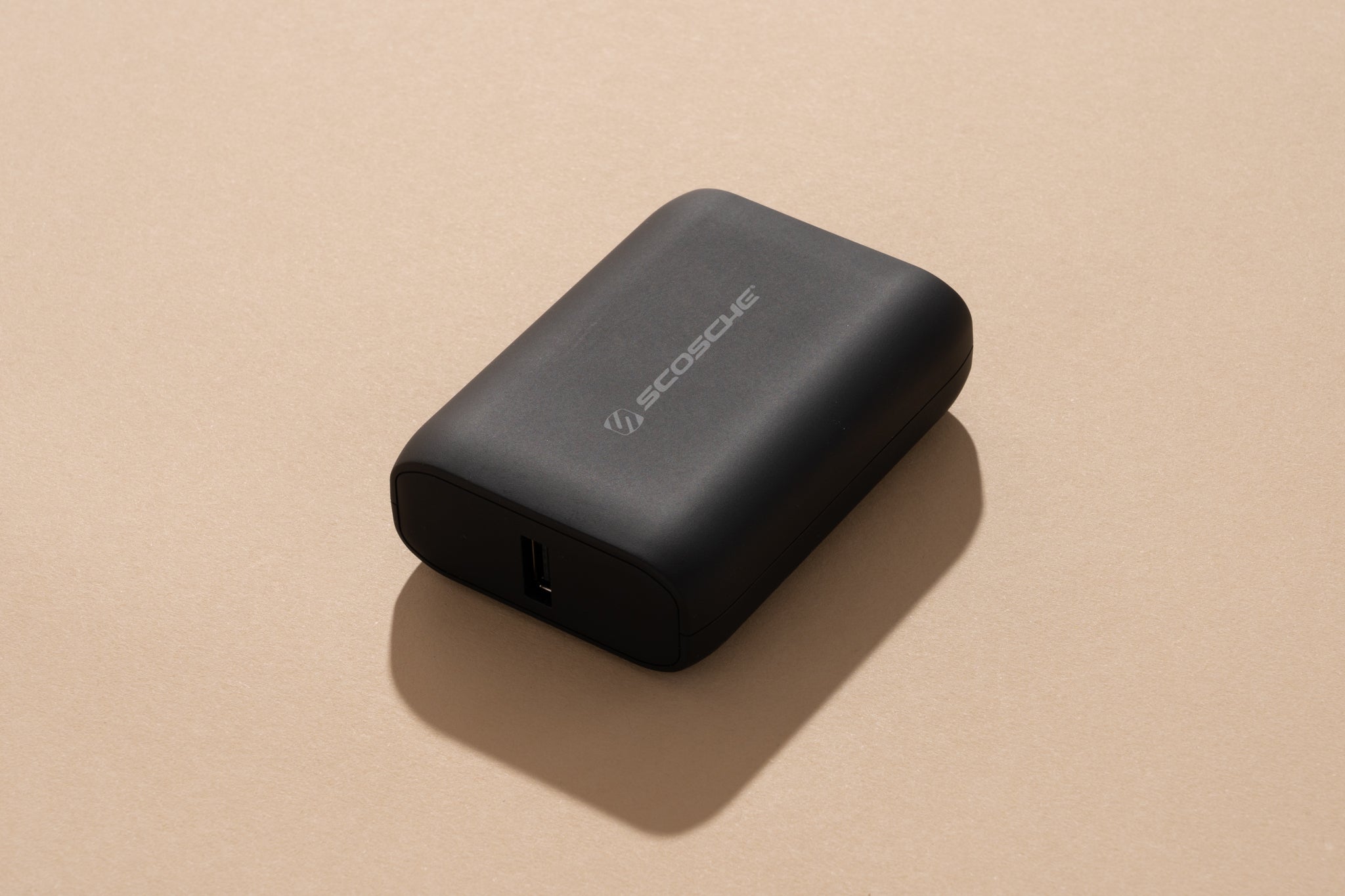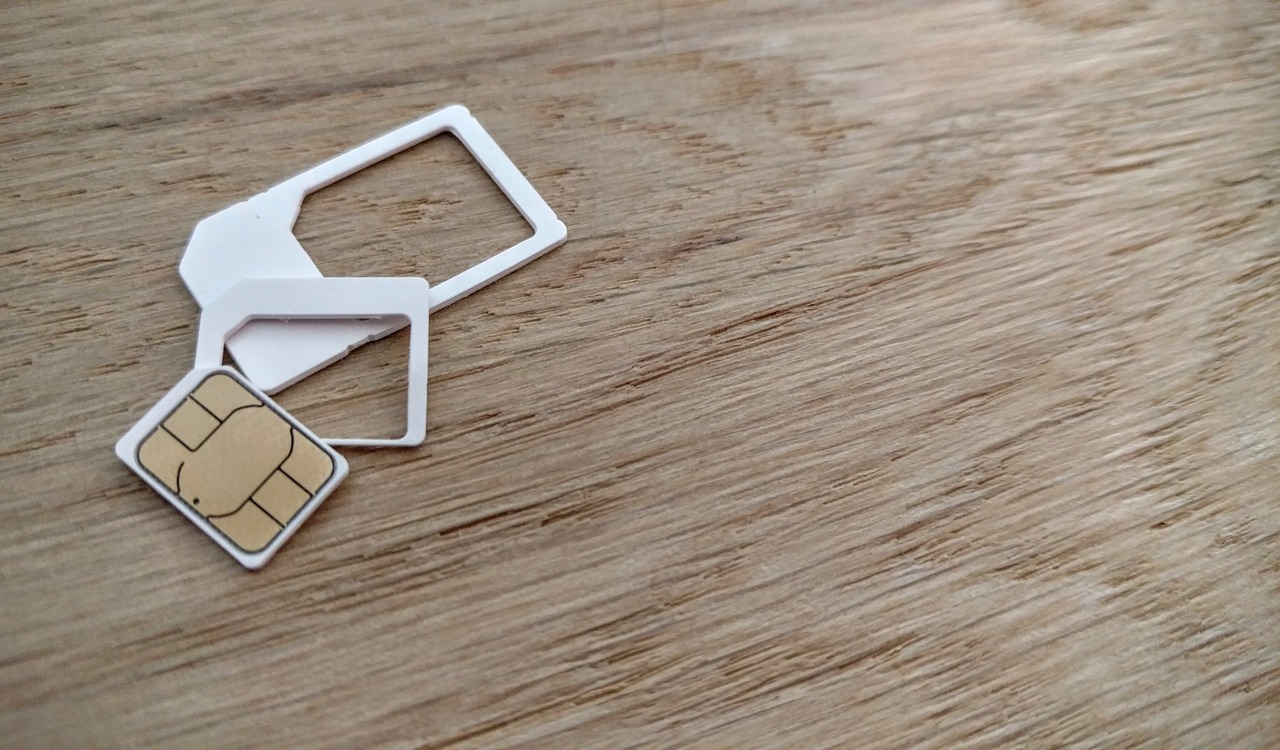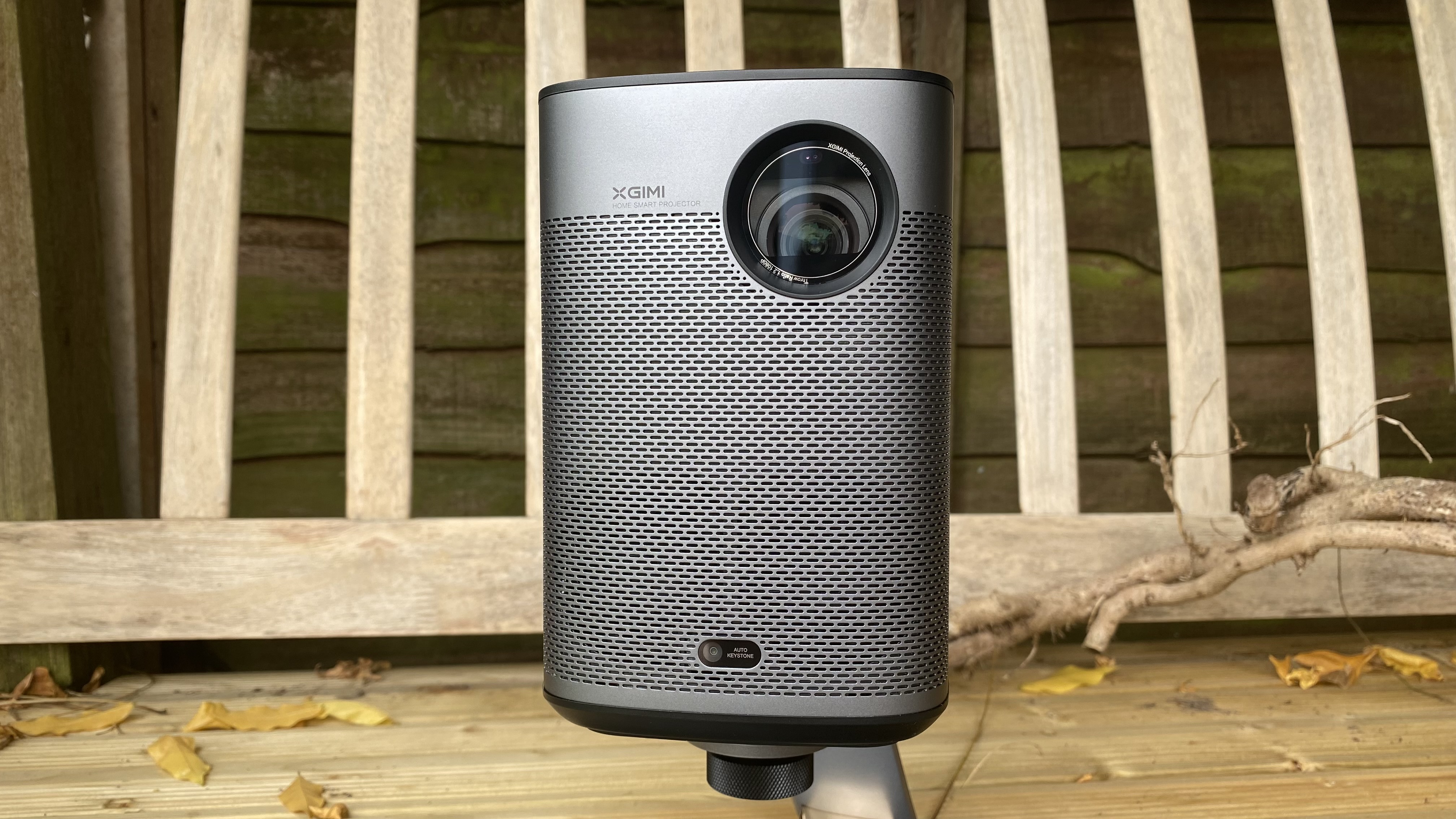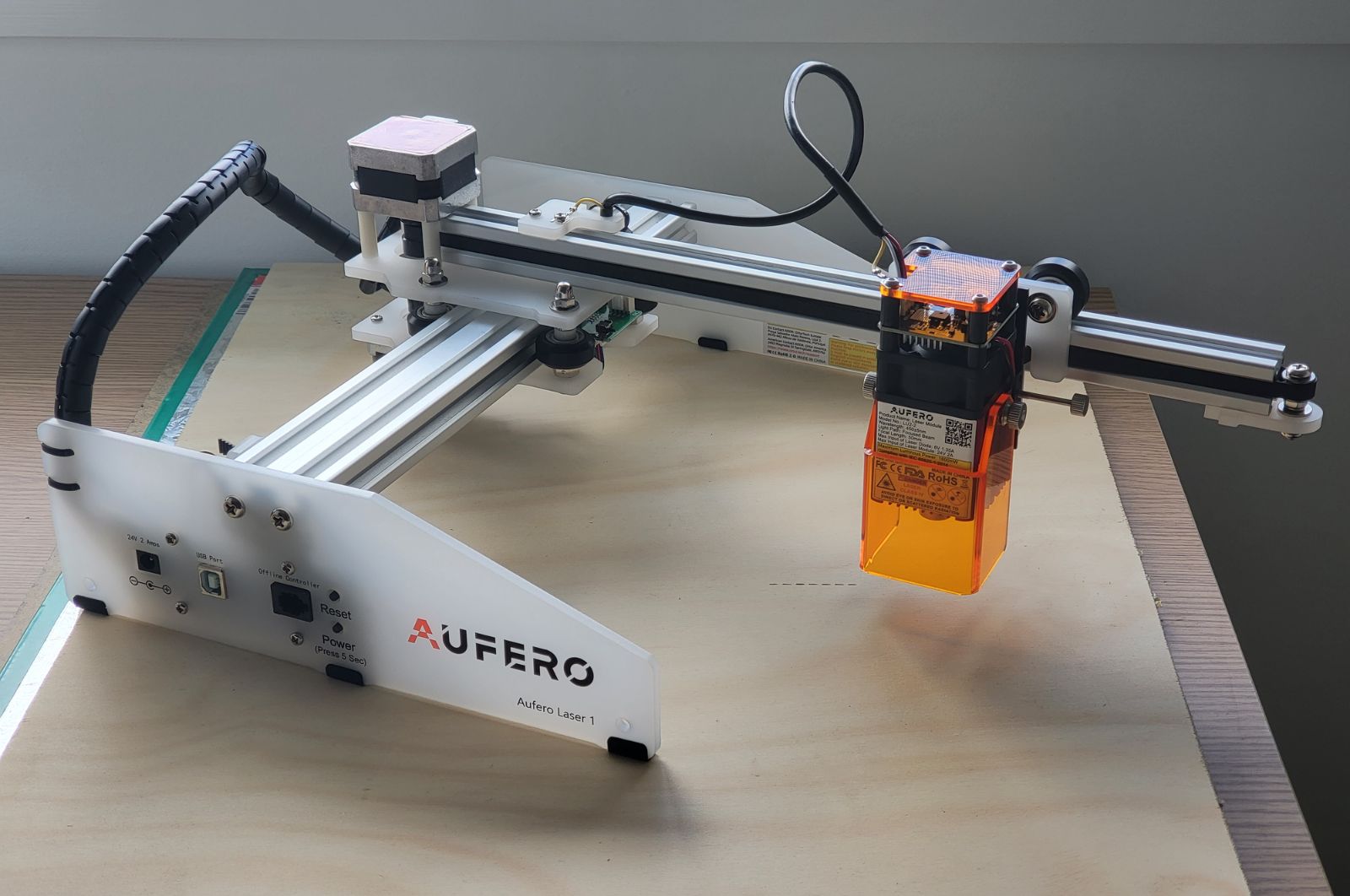Introduction
Welcome to the world of tablets, where technology meets mobility. In this digital age, tablets have become an integral part of our lives, offering a versatile platform for work, entertainment, and communication. Whether you need a portable device to browse the internet, stream videos, read eBooks, or even create content on the go, tablets have got you covered. Diverse in size, functionality, and capabilities, tablets have become a popular choice for tech-savvy individuals worldwide.
Tablets are essentially compact computing devices that bridge the gap between smartphones and laptops. They feature touchscreens, enabling users to interact with applications and content directly with their fingertips. Tablets have revolutionized the way we consume media and information, offering a portable and intuitive user experience. From casual web browsing to gaming, photo editing to note-taking, tablets serve a wide range of purposes for both personal and professional use.
With various tablet models available in the market, one factor that plays a crucial role in user experience is the size of the device. Tablet sizes can vary significantly, ranging from small, portable devices to large, expansive screens. The size of a tablet impacts factors such as portability, display quality, and even battery life. Each size category caters to different user preferences and requirements.
In this article, we will explore the world of tablet sizes and specifically focus on the smallest tablets available. We will discuss the benefits and drawbacks of small tablets, popular models in the market, and factors to consider when choosing the perfect tablet size for your needs. So, if you are curious about compact and portable technology, read on to discover the wonders of the smallest tablets.
Definition and Use Cases of Tablets
Tablets are handheld devices that typically feature a screen size between a smartphone and a laptop. They are designed to provide a balance between portability and functionality, offering a larger display for enhanced multimedia experience compared to smartphones while maintaining a compact form factor. Tablets utilize touchscreens for user input, eliminating the need for a physical keyboard and mouse.
These versatile devices serve a wide range of use cases in various industries and personal pursuits. In the realm of entertainment, tablets provide an immersive platform for streaming movies, TV shows, and online videos. Their larger screens make them ideal for enjoying multimedia content while on the go, whether during long commutes or while traveling.
Tablets also find great utility in the field of education. They have become a popular tool for students, teachers, and educational institutions, offering interactive learning experiences. With educational applications and digital textbooks, tablets provide access to a wealth of knowledge at the swipe of a finger. They support note-taking, research, and collaboration among students, promoting a more engaging and efficient learning environment.
In addition, tablets have transformed the way we work. Many professionals opt for tablets as their on-the-go productivity companions. With a tablet, tasks such as checking emails, editing documents, and scheduling appointments can be easily accomplished without the need for a bulky laptop. Tablets can also be paired with accessories like external keyboards and styluses to enhance productivity and versatility.
Tablets are not only useful for entertainment and productivity but also for creative pursuits. Photographers and artists can take advantage of the tablet’s touchscreen and advanced graphics capabilities to edit photos, create digital illustrations, and sketch on the go. With specialized applications and accessories, tablets have become a powerful tool for creative professionals.
Furthermore, tablets have made an impact in the healthcare industry, providing healthcare professionals with a portable and convenient way to access patient records, input data, and even monitor vital signs. Tablets have also found applications in retail, hospitality, and numerous other sectors where quick access to information and efficient operations are crucial.
In summary, tablets are multi-purpose devices that combine the convenience of portability with the functionality of larger screens and advanced technology. Their use cases span across entertainment, education, productivity, creativity, and various industries. With their compact size and diverse capabilities, tablets have become indispensable tools in our increasingly digital world.
Size Comparison of Different Tablet Types
Tablets come in a range of sizes to cater to different user preferences and needs. Let’s explore the various tablet sizes and their characteristics:
1. Mini Tablets:
Mini tablets are the smallest in size, typically ranging from 7 inches to 8 inches in display size. They are highly portable and lightweight, making them easy to hold in one hand. Mini tablets are ideal for those seeking maximum portability and convenience. They are great for casual web browsing, e-book reading, and multimedia consumption on the go.
2. Standard-sized Tablets:
Standard-sized tablets fall in the range of 9 inches to 11 inches. They strike a balance between portability and screen real estate, providing a larger display for enhanced media consumption and productivity. These tablets are versatile and suitable for activities such as web browsing, gaming, multimedia streaming, and productivity tasks like document editing and email management.
3. Large Tablets:
Large tablets, also known as “professional” or “pro” tablets, feature display sizes of 12 inches or more. These tablets are designed for those who require a larger screen for content creation and advanced productivity tasks. Large tablets often come with high-resolution displays, powerful processors, and support for accessories like stylus pens and detachable keyboards. They are suitable for professionals in fields such as graphic design, video editing, and corporate presentations.
It’s important to note that tablet sizes are measured diagonally, from one corner of the screen to the opposite corner. This means that even a small change in display size can significantly impact the overall dimensions of the device.
When choosing a tablet size, it’s essential to consider factors such as how and where you plan to use the tablet, the content you intend to consume or create, and your personal preferences regarding portability versus screen size. Each tablet size offers a unique balance of mobility and functionality, and selecting the right size will ensure that your tablet experience aligns with your specific needs.
In the next section, we will delve into the world of the smallest tablets and explore the advantages and disadvantages they bring to the table.
Factors to Consider When Choosing a Tablet Size
When it comes to choosing the right tablet size, there are several factors to take into consideration. Let’s explore the key considerations to keep in mind:
1. Portability:
One of the primary advantages of tablets is their portability. If you plan to carry your tablet with you wherever you go, a smaller-sized tablet, such as a mini tablet, would be a great choice. They are lightweight and can easily fit in your bag or even your pocket. On the other hand, if portability is less important to you and you value screen real estate for enhanced viewing and productivity, a larger-sized tablet may be more suitable.
2. Display Quality:
The size of the tablet’s display will affect the viewing experience. Larger-sized tablets often offer higher screen resolutions, resulting in sharper and more vibrant visuals. If you plan to use your tablet for activities such as watching movies, gaming, or editing photos, a larger display size will provide a more immersive experience. However, if you prioritize portability over an expansive screen, smaller-sized tablets still offer decent display quality for everyday use.
3. Productivity Needs:
If you intend to use your tablet for productivity tasks such as document editing, email management, or web browsing, screen size becomes an important consideration. A larger-sized tablet offers more space for comfortable typing and multitasking. It also allows for a more efficient split-screen view, enabling you to work on multiple apps simultaneously. However, if your productivity needs are minimal, a smaller-sized tablet can still provide a satisfactory experience.
4. Comfortable Usage:
Consider how you plan to hold and interact with your tablet. If you prefer using your tablet with one hand for extended periods, a smaller-sized tablet is more ergonomic and comfortable to handle. On the other hand, if you plan to use your tablet primarily on a desk or with a tablet stand, a larger-sized tablet can offer a more enjoyable experience, especially for tasks that require precision, such as drawing or handwriting.
5. Budget:
While larger-sized tablets generally come with higher price tags due to their advanced features and capabilities, smaller-sized tablets can be more budget-friendly. If you have a limited budget, a smaller-sized tablet can still fulfill your basic needs without breaking the bank.
By considering these factors, you can determine the right tablet size that aligns with your preferences, needs, and budget. Remember that there is no definitive “one size fits all” approach, and the best tablet size for you will depend on your individual requirements and usage patterns.
Next, we will explore the world of the smallest tablets available in the market and discuss their advantages and disadvantages.
What Is the Smallest Tablet?
When it comes to the smallest tablets, mini tablets are the frontrunners. Mini tablets typically have display sizes ranging from 7 inches to 8 inches, making them incredibly compact and portable. These tablets offer a balance between convenience and functionality, making them popular among users who prioritize portability without compromising on essential features.
One example of a small tablet is the iPad Mini, which features a 7.9-inch display. It offers a premium build quality, powerful performance, and a wide range of applications optimized for the iOS ecosystem. The iPad Mini is lightweight, making it ideal for on-the-go usage, whether for entertainment or productivity tasks.
Android-based mini tablets are also prevalent in the market. The Amazon Fire HD 8 and Samsung Galaxy Tab A 8.0 are notable options. These mini tablets provide access to the Android app ecosystem, allowing users to enjoy a wide range of applications for work and leisure activities.
Small tablets are suitable for various use cases. They are great for reading e-books, browsing the internet, checking emails, and staying connected with social media. Their compact size provides convenience, allowing users to carry them in small bags or even pockets. Mini tablets are also popular among travelers who desire an entertainment device for watching movies and TV shows during long journeys.
It’s important to note that while mini tablets offer excellent portability, their smaller screen size may not be suitable for everyone. Reading small text and interacting with touch-based applications might be challenging for individuals with visual impairments or those who require larger screen real estate for comfortable usage.
Additionally, the smaller size may result in reduced productivity capabilities, as there is less screen space for multitasking and working on complex projects. Those who heavily rely on productivity applications or need to work with large files may find larger-sized tablets or laptops more suitable for their needs.
Ultimately, the choice of the smallest tablet depends on your personal preferences, usage patterns, and trade-offs between portability and functionality. Small tablets excel in their incredible portability and are perfect for users who prioritize convenience and ease of use while on the move.
In the next section, we will discuss some popular small tablets available in the market and delve into their advantages and drawbacks.
Popular Small Tablets in the Market
When it comes to small tablets, several models have gained popularity in the market. Let’s explore some of the most popular small tablets:
1. iPad Mini:
The iPad Mini is a highly regarded small tablet that offers a combination of premium design, powerful performance, and access to the extensive iOS app ecosystem. With its 7.9-inch Retina display, the iPad Mini provides sharp visuals for browsing, gaming, and multimedia consumption. It also supports the Apple Pencil for creative tasks. The iPad Mini runs on the latest iOS operating system, ensuring software compatibility and regular updates.
2. Amazon Fire HD 8:
The Amazon Fire HD 8 is a budget-friendly small tablet that offers impressive value for money. With an 8-inch HD display, the Fire HD 8 provides a vibrant and immersive viewing experience. It is integrated with Amazon services, such as Prime Video, Kindle, and Alexa, making it convenient for Amazon ecosystem users. The Fire HD 8 offers a range of entertainment and productivity features at an affordable price point.
3. Samsung Galaxy Tab A 8.0:
Another popular small tablet is the Samsung Galaxy Tab A 8.0. With its 8-inch display, it strikes a good balance between portability and usability. The Galaxy Tab A 8.0 features a sleek design, expandable storage, and solid performance. It runs on the Android operating system, providing access to the Google Play Store and a wide range of apps. This tablet is suitable for multimedia consumption, web browsing, and light productivity tasks.
4. Lenovo Tab M8:
The Lenovo Tab M8 is a compact and affordable small tablet option. It features an 8-inch display with decent color reproduction. The Tab M8 offers smooth performance for everyday tasks and easy maneuverability. With its long battery life, it ensures extended usage without frequent charging. The Tab M8 runs on the Android operating system, giving users access to the Google Play Store and various apps.
These are just a few examples of popular small tablets in the market. Each of these tablets offers a unique set of features, price points, and ecosystem integration. It is essential to consider your specific requirements, budget, and preference for operating systems and app ecosystems when choosing a small tablet.
Before making a purchase, it’s advisable to read reviews, compare specifications, and consider factors such as display quality, performance, battery life, and software compatibility. This will help ensure that you select the small tablet that best fits your needs and provides an enjoyable user experience.
In the next section, we will discuss the advantages and disadvantages of small tablets, allowing you to make an informed decision when considering their suitability for your needs.
Pros and Cons of Small Tablets
Small tablets offer a range of advantages and disadvantages that should be considered before making a purchase decision. Let’s explore the pros and cons of small tablets:
Pros:
- Portability: One of the primary advantages of small tablets is their compact size, making them highly portable. They are lightweight and easy to carry, fitting comfortably in small bags or even pockets, allowing you to take them anywhere you go.
- Convenience: Small tablets offer convenience with their one-hand usability. They are comfortable to hold for extended periods, making them suitable for tasks such as reading books, browsing the internet, or watching videos while on the move.
- Enhanced Mobility: Small tablets are perfect for travelers and those who require a device for entertainment during commutes. They provide a convenient platform for enjoying movies, TV shows, music, and games, keeping you entertained wherever you are.
- Affordability: Small tablets often come with a more budget-friendly price tag compared to their larger counterparts. They offer a cost-effective option for users who want the functionality of a tablet without breaking the bank.
Cons:
- Screen Size Limitations: The smaller screen size of a small tablet can limit the viewing experience and may not be ideal for tasks that require more screen real estate. Working on complex documents, multitasking, or detailed graphic design may be challenging on a small screen.
- Reduced Productivity: Small tablets may not be as conducive to productivity compared to larger tablets or laptops. The smaller screen size can hinder multitasking and make it more difficult to perform productivity tasks comfortably.
- Limited Battery Capacity: Due to their compact size, small tablets often have smaller batteries compared to larger ones. This may result in shorter battery life, requiring more frequent charging, especially during extended periods of use.
- Less Powerful Hardware: In general, small tablets may have less powerful hardware specifications compared to larger, more expensive tablets. This can affect performance, particularly for resource-intensive tasks such as gaming or running complex applications.
Considering these pros and cons will help you evaluate whether a small tablet aligns with your specific needs and usage patterns. If you prioritize portability and convenience for tasks such as web browsing, e-book reading, and casual gaming, a small tablet can be an excellent choice. However, if you require a larger display for more demanding tasks or advanced productivity, a larger tablet or a laptop may better suit your needs.
Next, we will summarize the key points discussed and wrap up the article.
Conclusion
Tablets have become an indispensable part of our digital lives, offering a versatile platform for work, entertainment, and communication. When it comes to choosing the right tablet size, it’s crucial to consider factors such as portability, display quality, productivity needs, and personal preferences.
Mini tablets are the smallest tablets available, offering a balance between convenience and functionality. They are highly portable and suitable for tasks such as web browsing, e-book reading, and media consumption on the go.
Some popular small tablets in the market include the iPad Mini, Amazon Fire HD 8, Samsung Galaxy Tab A 8.0, and Lenovo Tab M8. These tablets offer various features, operating systems, and price ranges, providing options for different user preferences and budgets.
Small tablets offer a range of advantages such as portability, convenience, enhanced mobility, and affordability. However, they also come with limitations, including a smaller screen size, reduced productivity capabilities, limited battery capacity, and less powerful hardware.
Ultimately, the choice of a tablet size depends on your individual needs and preferences. It’s crucial to assess your usage patterns, prioritize your requirements, and weigh the pros and cons to ensure that the tablet you choose aligns perfectly with your specific needs.
So, whether you opt for a small tablet for its portability and convenience or prefer a larger tablet for enhanced productivity and immersive media consumption, the world of tablets offers a size and functionality to suit every user.
Make your choice wisely, and enjoy the wonders that tablets bring to your digital journey.







